Introducing East Josephine: This Hill Is Alive!
If you’ve driven past the Gardens on the Josephine Street corridor and glanced eastward, you may have noticed some changes: new plants emerging from a formerly barren hillside, horticulturists gazing into walls of rustling foliage and volunteers tucking thousands of plants into their forever homes. This vast space is the East Josephine Streetscape, one of Denver Botanic Gardens’ newest gardens.
Through a partnership with Denver Water, the Gardens is now stewarding the development of this site towards the vision of a vibrant, naturalistic garden reflective of our work on the west side of Josephine Street.
Utilizing a combination of planting and seeding, the landscape is being reimagined as a “super prairie.” The design is inspired by natural prairies but combines a wider range of drought-tolerant grasses, shrubs and flowers from Colorado and other steppe regions around the world.
We started the process last summer, by using heavy equipment to carve up the homogenous planting of Spiraea, a drought-tolerant shrub that dominated the hillside, to create a dynamic look to the shrub layer and open space for sowing and planting. We then spent the summer managing weeds while we waited for the cooler temperatures of fall to sow our seed mix. In October we hand-sowed a mixture of 43 species of annuals, perennials, grasses and shrubs. Due to the steep slope of the site, we stuck them to the ground beneath a layer of hydromulch, a liquefied, shredded wood fiber that pressed the seeds to the soil and would hold them in place until spring.
This year we’ve been busy planting through the emerging seed mixture, further editing the existing shrub layer and pulling weeds. We’re seeing perennial species from the seed mix like Monarda fistulosa, Euphorbia marginata, Cleome serrulata, Linum lewisii and Echinacea pallida begin to germinate and emerge.
We hope that after a few years of guidance this garden will become self-sufficient, becoming dense with desirable, competitive species and needing very little intervention from gardeners. Watch with us as this space flourishes and changes over the years.
Gallery
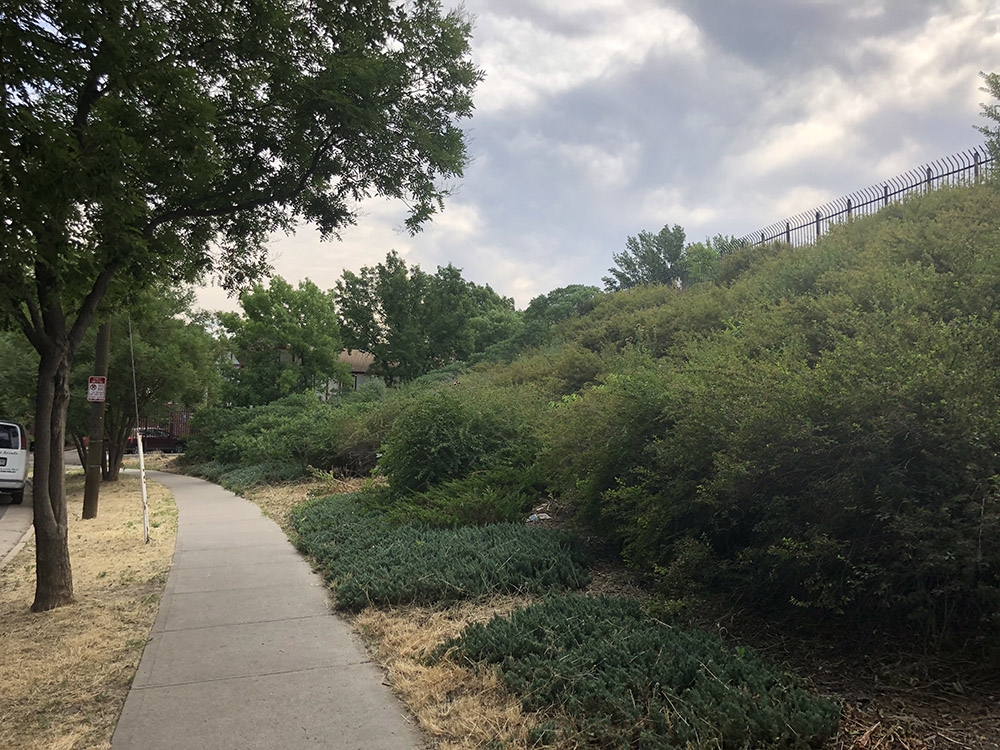
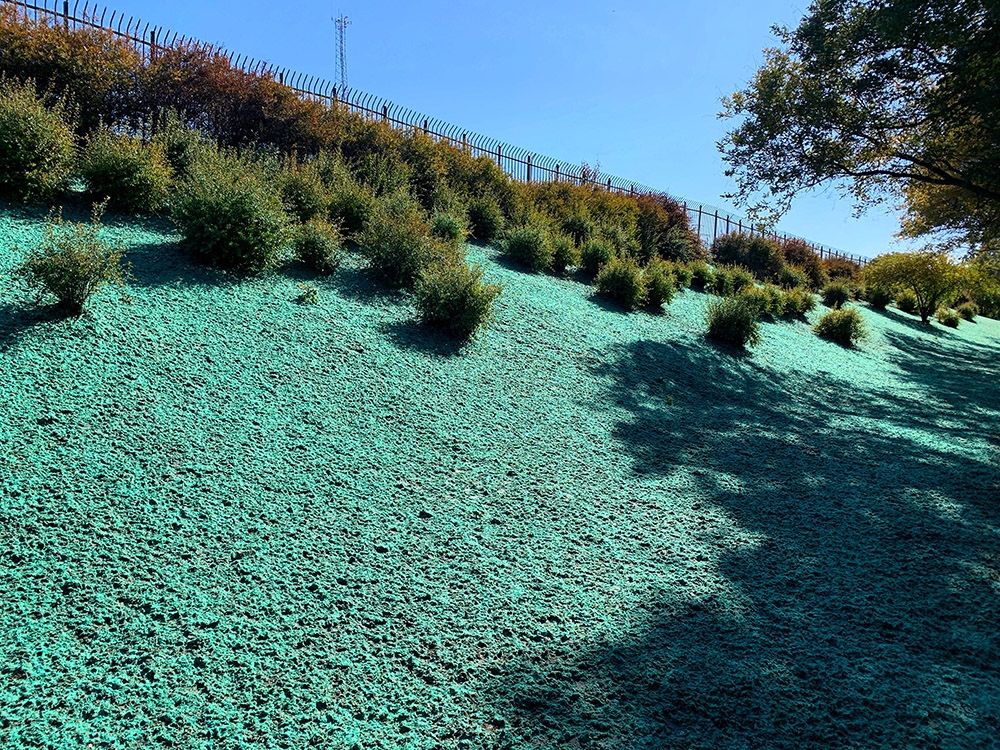
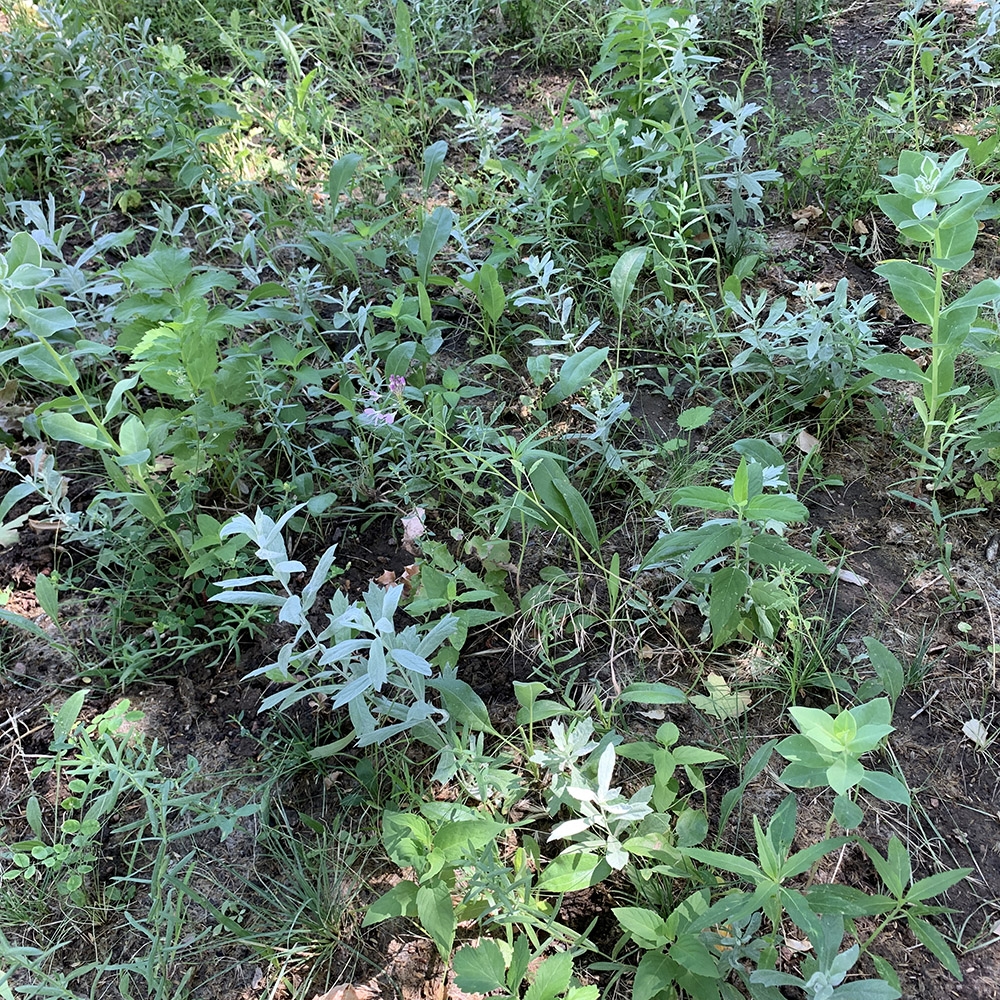
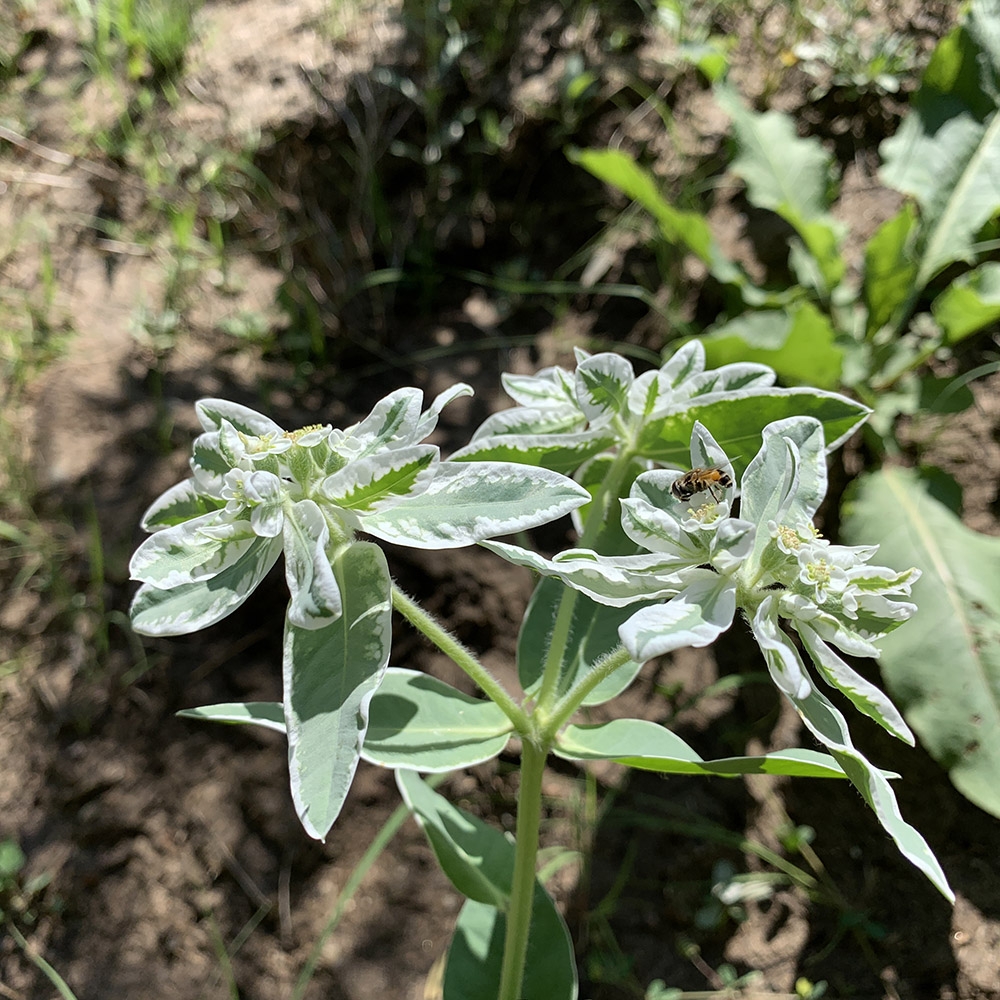
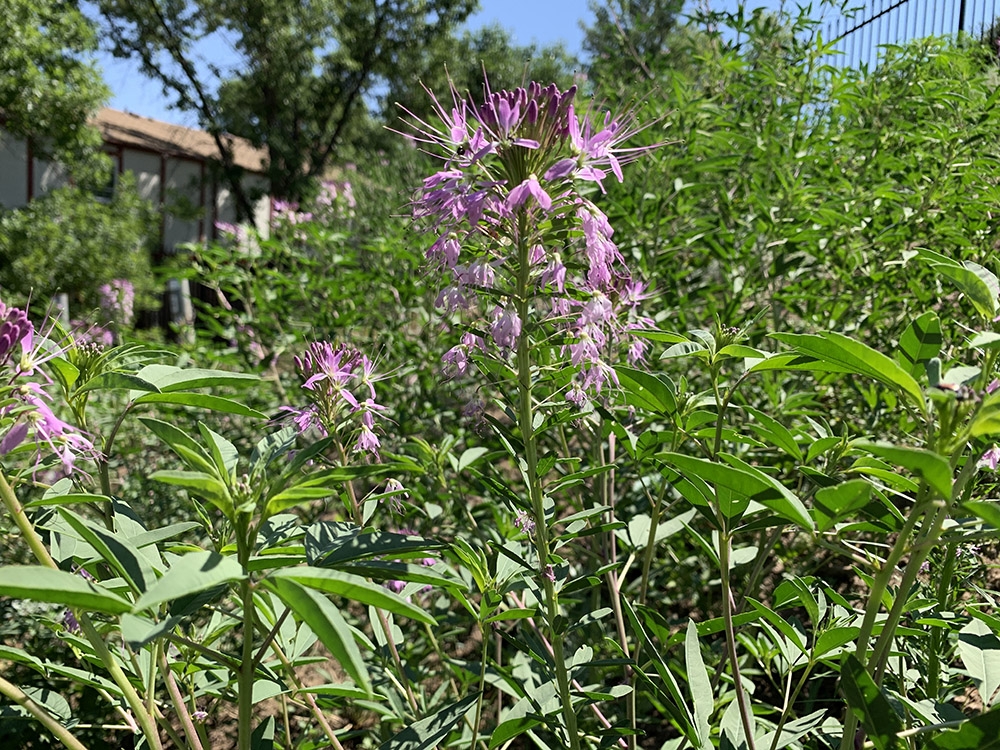
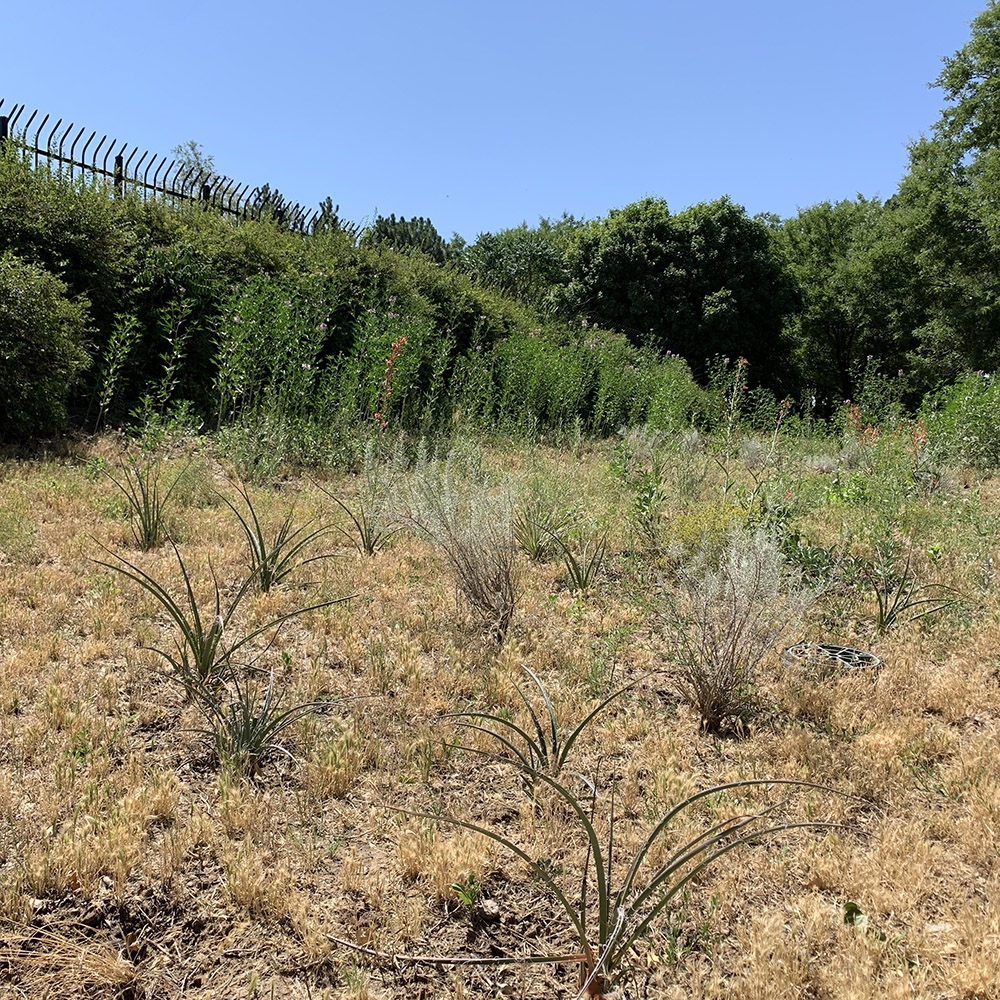
Add new comment